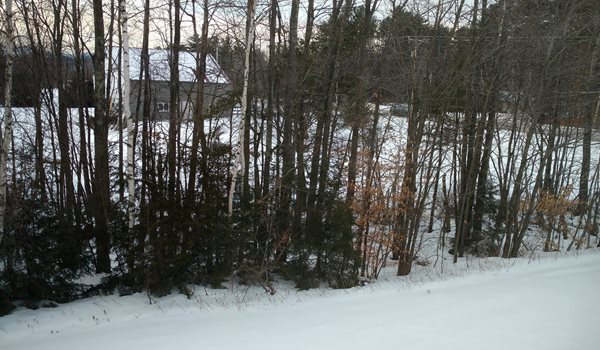BLOG

Winter — Hard on Us and Test Equipment
01/12/2017
Cold weather is gripping the USA. Here in central New Hampshire, where AFL’s Test and Inspection operations is located, ski season is upon us with morning temps as low as -9°F (-22°C). It’s part of life in NH and sets a brisk step to your morning pace!
Extreme temperatures, whether cold or hot, affect both fiber optic technicians and their test equipment. Job sites may be thermally regulated, but technicians need to remember optical test equipment left in vehicles. Leaving equipment in a vehicle overnight exacerbates many issues.
Test measurements are impacted by thermal changes in the test instruments themselves. Thus, bringing test instruments stored overnight in a vehicle into a test environment of a different temperature can contribute to measurement errors. Think of equipment stored in a van overnight at -10°F (-23°C) entering into an equipment room kept around 65°F (18°C). This is a 75°F (41°C) temperature delta. You feel it when walking in and out of buildings.
Test equipment can take an hour or more to fully adjust and stabilize at new ambient temperature. Features like protective rubber boots and padded carry cases further insulate the instrument slowing down the thermal adjustment. An instrument may feel room temp to touch, but this is only the outside layer of the case. The temperature of important inside electronics and optics adjust slower.
Hot and cold weather must be considered. To improve your odds of getting accurate measurements, use setup time to your advantage. Bringing fiber optic or electronic test gear onto the job site must be a priority. Take the equipment out of carry cases immediately and spread test instruments out to let them begin adjusting to the new temperature and continue with the job setup.
Turn test instruments on 15 to 20 minutes ahead of time to continue the warm up and stabilization. For optical loss test kits, set references prior to taking measurements with the power meter and source in the test environment and after warm up. These simple planning steps will provide improved and more consistent test results.
Thank you to all the technicians who rush out into the cold to restore services. Power, broadband, cable, etc. fail when the worst of weather is upon us and you help minimize disruptions. We appreciate you!

